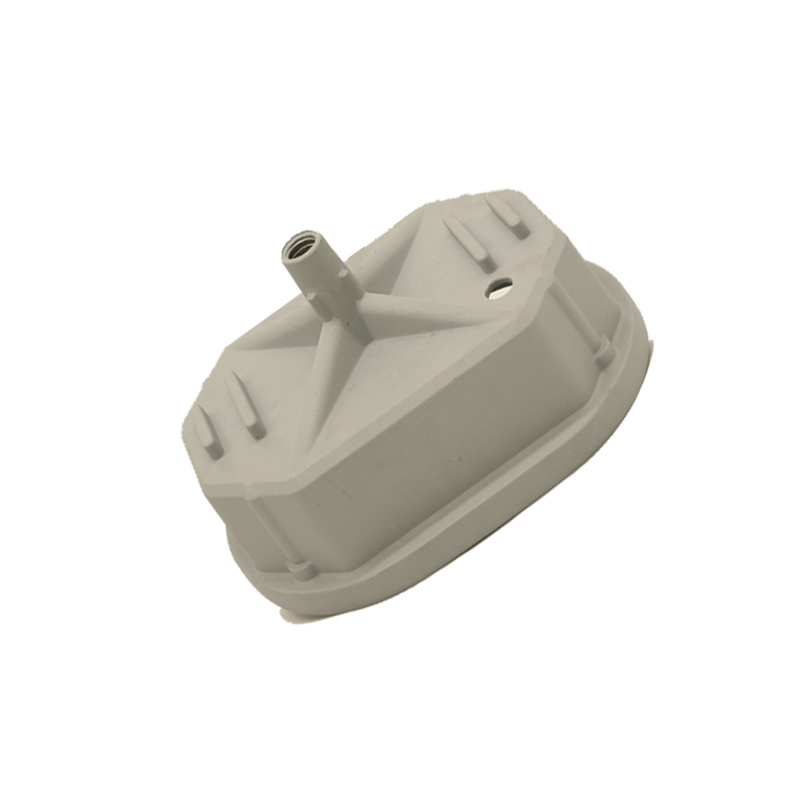the different types of window tinting film - aluminum heat dissipation
by:Hanway
2019-09-03

Window coloring film has some fairly direct benefits for drivers, the most important of which is heat dissipation, but there are many types of coloring film on the market, made of different materials, and various roles.
All the window coloring movies start. . .
Well, the film is a polyester material ranging in thickness from 2 to 7 miles (
Roughly equivalent. 002 to. 007 inches).
In many cases, two or more layers of film are combined to form a multi-layer film.
From ultraviolet rays to scratches, layers of blocking.
Manufacturers of window coloring films can also add chemical UV interceptors (
Such as cyclic imino ester)
, If the film is only used for this purpose, no additional material is required in the film.
The material that the dyed film is sandwiched between the mounting glue and the scratch-resistant coating is where most film types are separated.
The most basic tone film contains a simple dyeing film, which can absorb both heat and reduce the sight of onlookers.
It is common to have some impact on cockpit visibility from inside the vehicle, but the impact is small.
Due to the application of the color film on the inside of the window, the Heat part rejected by the film is stored in the glass itself, and the external air movement helps to take away most of the heat during normal driving.
The stained film should never be used for the interior of the hot glass, as it captures a lot of heat between the panes without air flow.
Deposition film deposition technology involves a more complex process in which the film is stretched through a tank containing certain types of metal ingots (usually nickel)
Chrome or aluminum.
Then, the pressure in the tank is reduced, an artificial vacuum is generated, and then flooded with hydrogen, and the ingot is heated, causing the metal to emit particles that migrate to the surface of the film.
The density of metal deposition is controlled by the speed of the film through the chamber.
Deposition technology is relatively cheap and usually used, but it is limited by the type of metal that can be used during the manufacturing process, causing the production line to be quite limited and with little choice. Sputtered (Metallized)
This process is a little more complicated than the deposited film.
As with the deposited film, the sputtering was also carried out in the vacuum chamber, but the metallized properties were achieved at the atomic level.
With the use of electric fields, argon gas (
Or other types of inert gas)
It's for metal.
This process causes a very small group of molecules to be separated from the metal and deposited evenly on the film.
In view of the fact that the deposited film, due to the nature of the process, has to use very limited metals, which can be carried out by sputtering with more than 20 different types of metals to make the process more general, and produce a lighter, thinner coating.
These metal films are a little more expensive than dyed films, bringing this category closer to the price range of colored films.
The mixed film absorbs the advantages of both worlds from the above film types, and uses the dyed film layer and the reflective metal layer to achieve excellent results.
By combining the reflective properties of the metal with the absorption properties of the dyed film, there is less material required in each material, it usually results in equal or greater thermal inhibition than any type of film itself mentioned earlier, and has a low reflectivity.
This type of film breaks the misconception of assuming that dark films provide greater heat suppression.
In most cases, dark dyed films have little choice but aesthetic value and lower price for greater privacy.
Ceramic color film is a relatively new development of ceramic color film industry, and it is definitely the leader in the industry. tier.
The ceramic tone film neither utilizes the dyes in other films nor the metals in other films, but is constructed with nanotechnology, while surpassing the thermal insulation capacity of even the best metal film, there is no signal interference usually associated with it.
In addition, this highly durable film helps to strengthen the application of its glass, effectively eliminating the possibility that the glass will break in collisions or other accidents.
Ceramic Films are also very resistant to fading, cracking, discoloration, blistering and many other shortcomings related to other film types.
However, it does have a disadvantage --price.
Normally, it's a lot more expensive than other apps, but if you're looking for the absolute best window tone solution, ceramic film is definitely the highest quality film on the market.
Custom message








